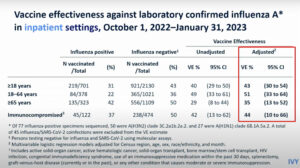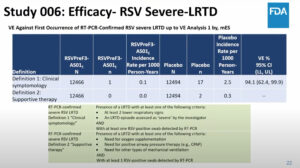NEW YORK (Reuters Health) – Roughly a third of caregivers do not use albuterol properly when their child has an asthma exacerbation, according to a report in the Annals of Allergy, Asthma, and Immunology for June.
Guidelines by the National Asthma Education and Prevention Program (NAEEP) recommend that early asthma symptoms be treated with albuterol and oral corticosteroids, the report indicates. Whether this advice is being heeded is unclear, however, since ER visits for asthma are common and frequently occur just a few days after a flare-up. This is especially true for children from low-income, urban neighborhoods.
In current study, Dr. Jane M. Garbutt, from Washington University School of Medicine, St. Louis, and colleagues examined albuterol use in the home setting by surveying 114 caregivers of low-income, urban children. The NAEEP guidelines were used to judge whether albuterol use was appropriate or not.
Sixty-eight percent of caregivers used albuterol appropriately for their child’s asthma flare-up, the researchers note. The remaining 32% of caregivers either undertreated or overtreated the children.
If the child had an ER visit or hospitalization for asthma in the past year, the likelihood of appropriate use rose. By contrast, having an asthma action plan in place or having a recent primary care visit regarding asthma maintenance care had no bearing on appropriate use.
“Detailed evaluation of how worsening symptoms are recognized and how albuterol is used at home may provide insight into how to better educate and support parents in the effective home management of worsening symptoms,” the authors conclude.
“These discussions,” they add, “may identify opportunities to intensify treatment (for example, add oral corticosteroids) to reduce asthma morbidity. Because this is difficult within the time frame of an office visit, perhaps it is time to address barriers to implementing effective alternative strategies to provide this needed education and support and thereby reduce asthma morbidity.”
Reference:
Ann Allergy Asthma Immunol 2009;102:504-509.




